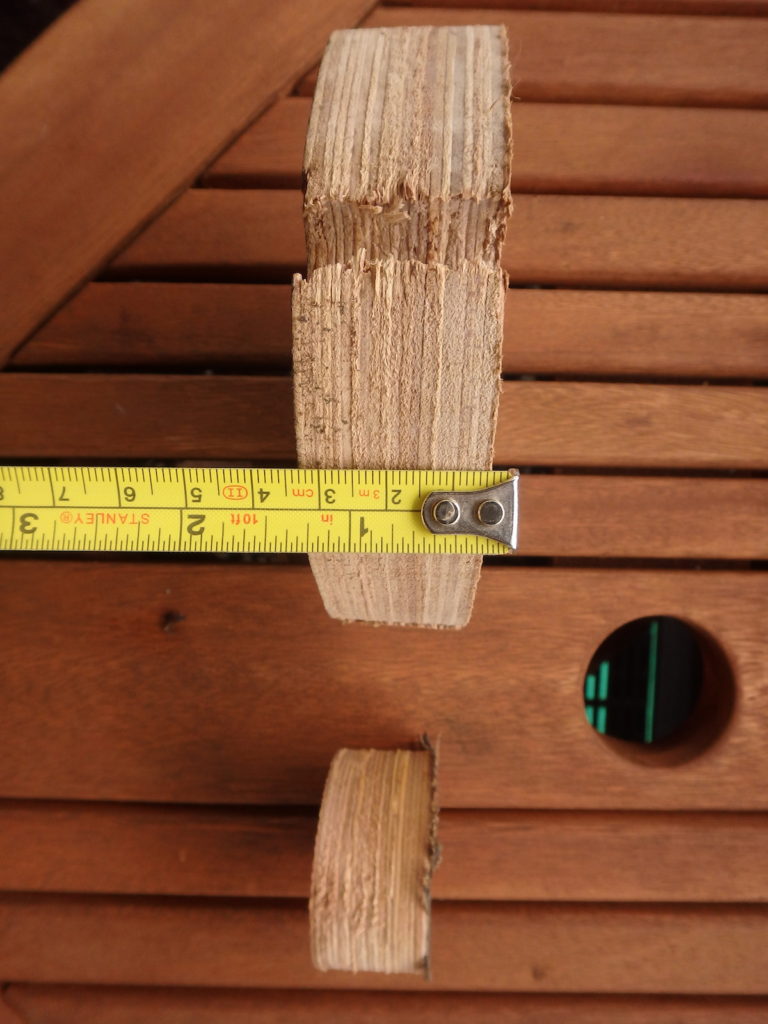
Container Home Floors
All about Shipping Container Floors
What is in the shipping container floor?
This is a big question that is asked by many of my clients. Are these floor toxic? Should we remove them? Can we just cover them up?
All great questions. I intend to answer them in this article.

The first thing to remember is that there is a 90% chance that your container floor is filled with toxins. Chemicals that are sprayed onto the floors due to International Shipping Regulations. This is to prevent the spread of deadly diseases and/or infestation of insects that are not natural to the new location.
The Floor Boards
“The floor consists of plywood. The plywood used will be certified to meet the requirements of Australian Commonwealth Dept. of Health (Plant Quarantine Treatment Schedule) for Timber Components ( T.C.T. ). The floor dimension should according to the IICL dimension standard. The plywood thickness is 28 mm.”
Wood floors that line the majority of shipping container buildings are infused with hazardous chemical pesticides like arsenic and chromium to keep pests away. Some shipping containers are coated in paint which contains harmful chemicals such as phosphorous and chromate.
If you want to be completely sure, you could even remove the original wooden flooring and replace it with marine plywood from your local hardware store. This can be very costly.
This is due to the unknown history of the shipping container, specifically regarding the type of cargo and treatment of chemicals. This seaworthy plywood has been impregnated with an abundant amount of highly toxic chemicals. The reason behind the treatment is due to the international regulations on imports. Every country has a list of import and export regulations. All imported products must be inspected for any foreign invaders like insects, disease, virus, etc. For this reason the shipping container floors are heavily treated with various chemicals. When you are dealing with the floor you must be very careful to NOT sand the floor before laying down ceramic or some other flooring material. Sanding the floor can, and will, release toxic/carcinogenic into the air.
Here are some examples of Used verse New:

